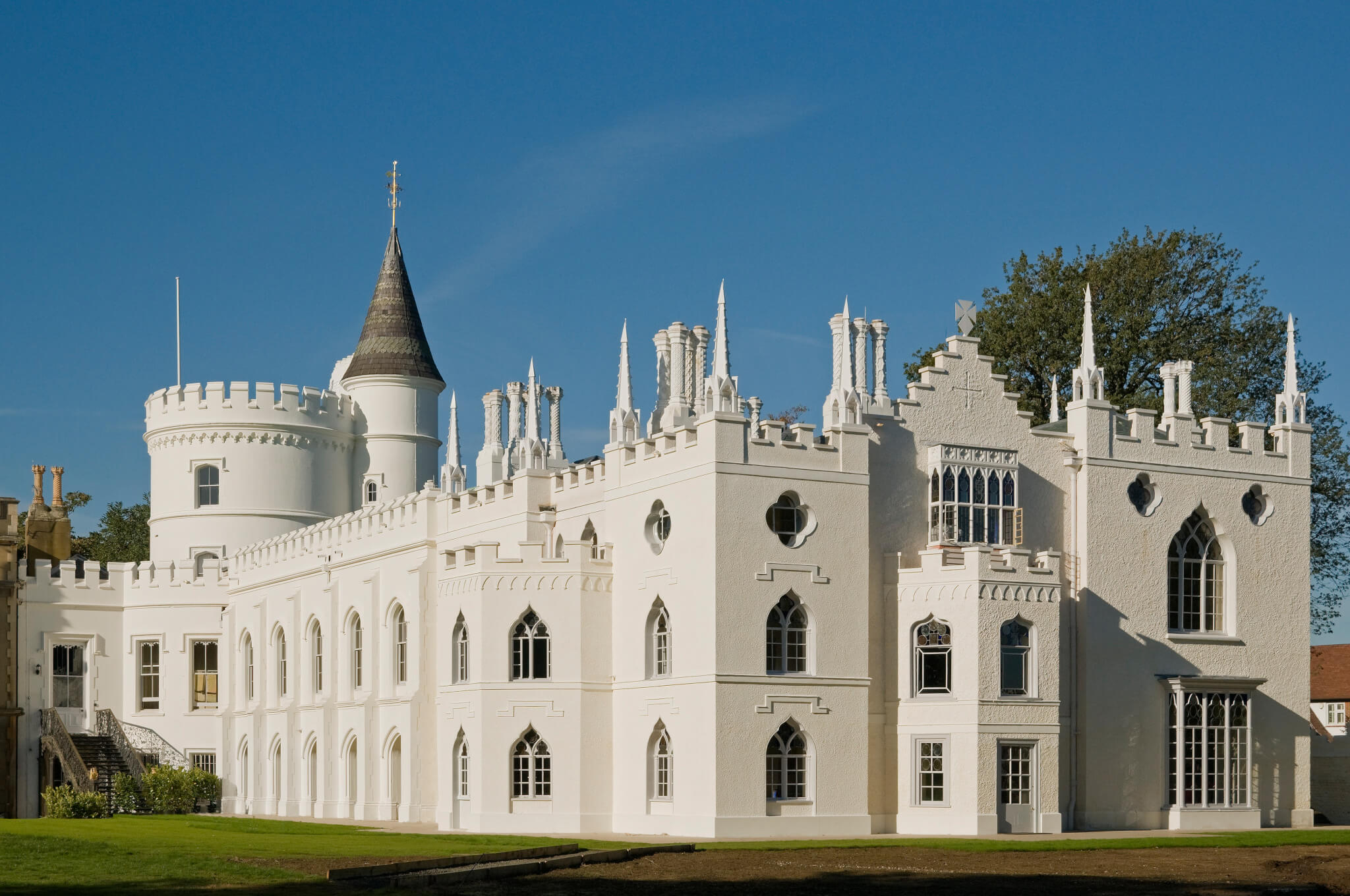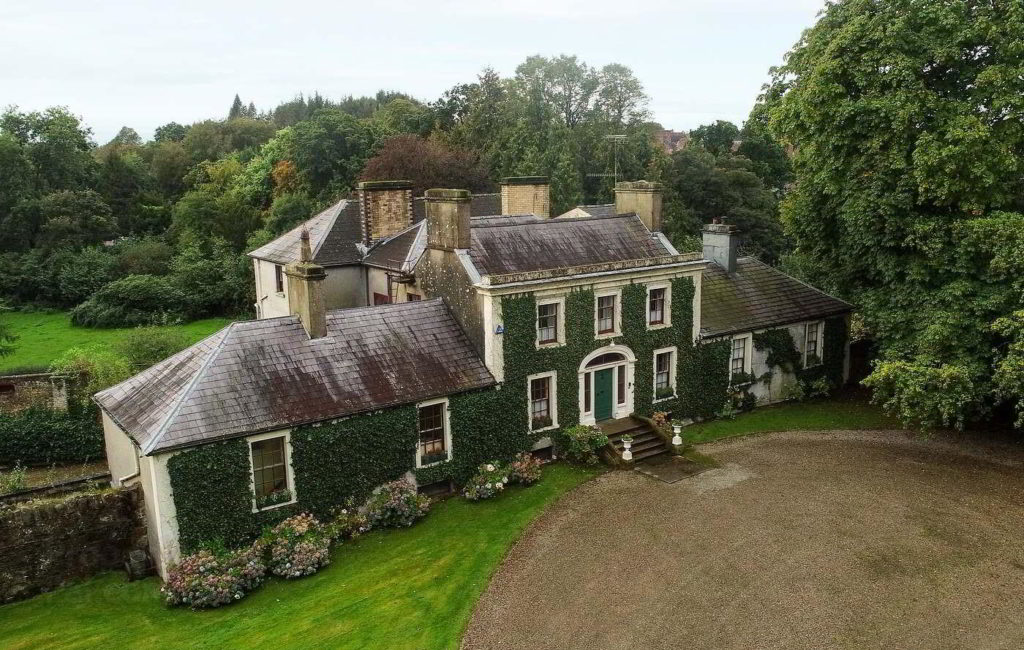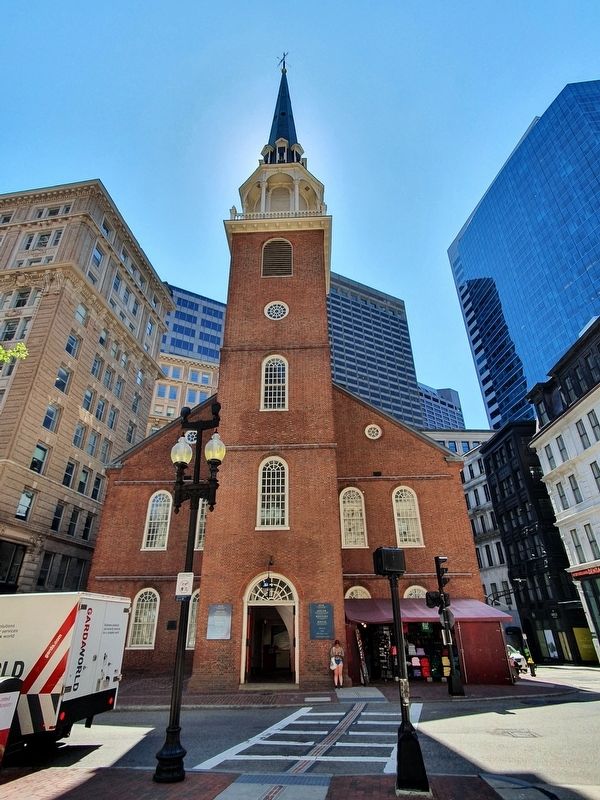Table Of Content

If the Gothic was employed at all, it was almost often limited to extensions to preexisting medieval structures or fanciful garden oddities like those created earlier in the century by William Kent. Houghton, a large Palladian mansion, was designed to house upwards of 400 paintings by the Old Masters, including pieces by Poussin, Van Dyck, Velázquez, Rubens, and Rembrandt. Its “contorting forest trails” were cut in the early 1800s and have been preserved ever since. Bridgeman changed the conventional pattern of crossing avenues with areas of woods and parks that, in his opinion, complemented Houghton Hall’s strong architectural expression better. Our Mission at How to Rhino is to reach as many architects as possible and show them the true power of Rhinoceros3D and Grasshopper and how to use these tools in architecture.
- Design Features of Georgian Architecture -
Many early 18th century houses couldn’t get enough of the fancy bricks and it all started to get a bit much. Finally, someone said “less is more” and around the 1730s the trend was on the way out, which may be why Meard (yes, he built these houses too) uses the effect sparingly here. As we move along Dean Street and see more recent houses from the same period, the use of fancy crimson bricks becomes less and less. Early doors were tall and filled the entire doorway but around about the 1720s fanlights started to appear above the door as a way to let light into your entrance hall. Fanlights started off simple at first, as you can see here above Meard’s doors, but as the Georgian era progressed they became much more elaborate in their design. It was the done thing during Georgian times to impress visitors with your amazing front door.
Beaux-Arts Architecture – Discover These Timeless Triumphs
The revived Georgian style that emerged in Britain during the same period is usually referred to as Neo-Georgian; the work of Edwin Lutyens[40][41] and Vincent Harris includes some examples. The British town of Welwyn Garden City, established in the 1920s, is an example of pastiche or Neo-Georgian development of the early 20th century in Britain. Versions of the Neo-Georgian style were commonly used in Britain for certain types of urban architecture until the late 1950s, Bradshaw Gass & Hope's Police Headquarters in Salford of 1958 being a good example. Architects such as Raymond Erith, and Donald McMorran were among the few architects who continued the neo-Georgian style into the 1960s.
Marble Hill House (Twickenham, United Kingdom)
The Great Room is richly adorned and features five artworks by Giovanni Paolo Pannini. The estate also houses a contributed inventory of early Georgian furnishings and artworks, as well as the Lazenby Bequest’s Chinoiserie collections. It was not far from Kendal House, yet another Palladian mansion erected around the same era for Melusine von der Schulenburg, who had been George Ist’s long-term mistress. During Henrietta Howard’s lifetime, both Jonathan Swift and Alexander Pope were frequent visitors to her home. Now that we have taken a look at Georgian architecture characteristics, we can discover a few notable examples of the style. They put doors right in the middle and line up windows in an orderly way, just like in old Georgian times.
Irreplaceable: A History of England in 100 Places - Faith & Belief
Closer inspection will show off dentils, moldings, cornices, and more Renaissance-inspired details that lend a unique and elevated look to the architectural style. According to Christina, Georgian homes continue to be popular in the US largely because of their even proportions, symmetrical architecture and ornamental details, as demonstrated by the house above in Virginia. 'The style’s box-like rooms are easy to design, adapt or remodel according to a family’s lifestyle, with or without the interior’s characteristic crown molding and other decorative elements,' says Christina. The front door of a Georgian-style house is perfectly centered at the front of the house, and acts as the dividing line between the two symmetrical halves. The design of a classic Georgian door features six identical (and symmetrical) wooden panels, but towards the end of the period in the early 19th century, it became popular to replace the top two panels with paned glass. Georgian and Victorian houses, both iconic architectural styles, are very different homes.
Opening Times
On the Market: Elkins Park Georgian Revival House for Sale - Philadelphia magazine
On the Market: Elkins Park Georgian Revival House for Sale.
Posted: Mon, 11 Dec 2023 08:00:00 GMT [source]
At the start of the period the difficulties of obtaining and transporting brick or stone made them a common alternative only in the larger cities, or where they were obtainable locally. Dartmouth College, Harvard University and the College of William and Mary offer leading examples of Georgian architecture in the Americas. While Georgian house plans convey a sense of balance, symmetry, and classical grandeur, Victorian homes embody an aesthetic of intricate detailing, diverse materials, and complex layouts. Each style serves as a unique testament to its era, reflecting the architectural and cultural evolution of the period. Regarding symmetry, Georgian houses generally display a square, balanced façade with a paneled front door centered and windows evenly spaced on either side.
Notable Examples of Georgian Architecture
The most common building materials used are brick or stone with red, tan, or white being frequently used colors. Stately and elegant, fans of Georgian home plans should look at our European house plan collection. Spanning a century, Georgian houses are diverse, with many variants related to decades of construction and region. They are of brick, stone, or wood; their roofs side- or occasionally center-gabled, hipped, or gambrel. All display classical symmetry and are based on English interpretation of Renaissance architecture. In the late 19th century, there was a wave of Georgian revival architecture across the United States and other countries like Britain.

This means that all skirting boards, fireplaces, doors, ceiling details, and architraves are designed together to have clearly related shapes that flow from one room into the other. Finally, the design of a high-end modern Georgian home today involves integrating many energy-efficient, mechanical, electrical, plumbing, AV, and security components foreign to traditional Georgian houses of previous generations. Energy efficiency is achieved using high-performance furnaces, boilers, heat pumps, geothermal systems, water heaters, low voltage lighting, smart house control systems, spray foam insulation, and advanced glazing systems. We work hard to hide mechanical ductwork, equipment, appliances, fans, and thermostats. The number of bathrooms, fixtures, and plumbed appliances continues to increase.
The Georgian vocabulary derives from Renaissance classicism, born in Italy and flourishing in England from about 1650. Georgian architecture (often referred to here as “Colonial”) shows up in northern and southern Colonies during the first quarter of the 18th century. The first high-style examples are in the South, built usually by affluent tobacco planters.
Today, architects can still see how Marble Hill contributed to Twickenham's rich architectural heritage. This magnificent Palladian house is one of the most admired stately homes in Norfolk. Walking through Houghton Hall offers an immersive experience into the heart of Georgian elegance — from the carefully crafted facades to lavish rooms that tell stories from centuries past. Houghton Hall stands tall in Norfolk as a symbol of Georgian architecture's grace and grandness.
The views to and from the front and rear of the main block were concentrated on, with the side approaches usually much less important. The roof was typically invisible from the ground, though domes were sometimes visible in grander buildings. There was an enormous amount of building in the period, all over the English-speaking world, and the standards of construction were generally high. Where they have not been demolished, large numbers of Georgian buildings have survived two centuries or more, and they still form large parts of the core of cities such as London, Edinburgh, Dublin, Newcastle upon Tyne and Bristol. Inside, those tall windows equate to a home that feels very open, especially during sunny days in which light floods into every corner of the house. If you love natural light, then you’ll love how much this style of architecture is built to bring it in.

No comments:
Post a Comment